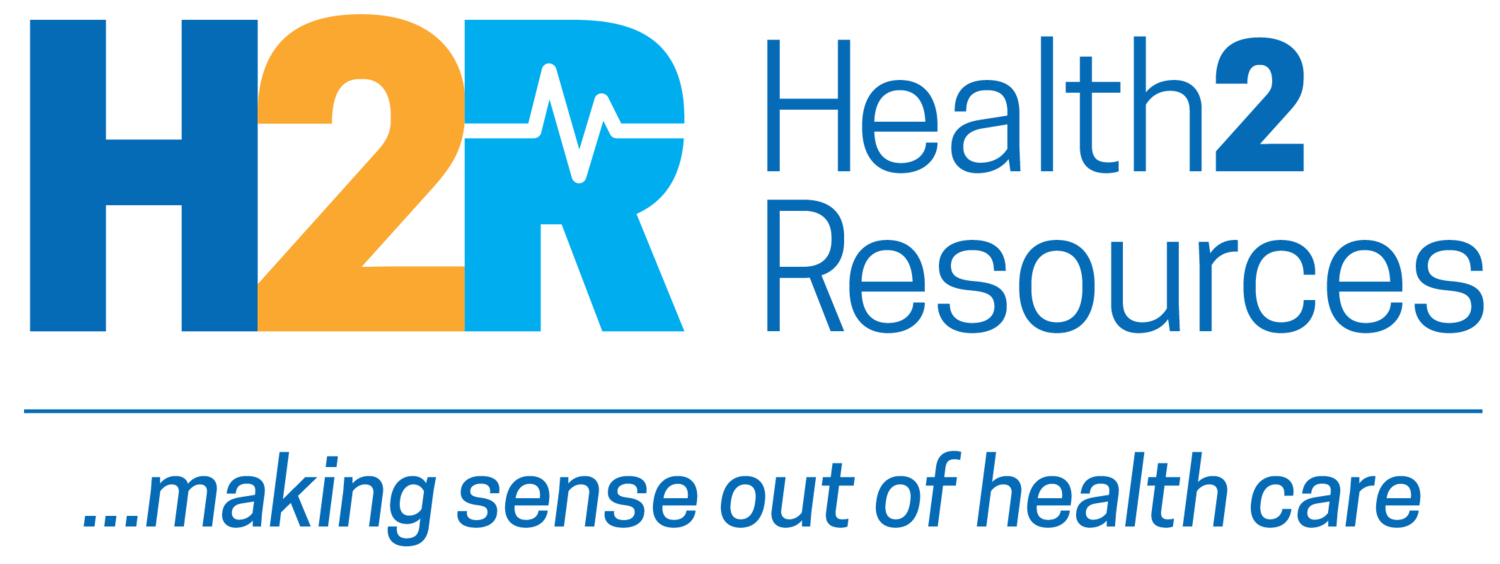November 5, 2020 | Simple interventions can cut pediatric asthma costs
INDUSTRY NEWS
CMS finalizes insurer transparency rule
The Transparency in Coverage rule will force employer health plans and insurance companies to post in-network and out-of-network rates they negotiate with providers. It also requires insurers to develop online price transparency tools to give patients cost-sharing information. Insurers and hospital groups and even some experts argued it would confuse patients and do little to lower costs. Payers will have to make available a list of 500 shoppable services through an online tool by Jan. 1, 2023. (*Modern Healthcare; CMS fact sheet)
INNOVATION & TRANSFORMATION
Simple interventions can cut pediatric asthma costs
A recent asthma study involving more than 75,000 children with asthma finds that several widely available interventions are associated with both reduced medical costs and a reduced likelihood that the children will need to visit an emergency room or stay in the hospital. Proactive interventions such as asthma self-management education, flu vaccination and use of spacers with inhalers cut medical costs for low-income children with asthma according to the study, which appeared in the Journal of Asthma. (Journal of Asthma; announcement)
Once people have access to a COVID-19 vaccine, the CDC plans to follow up on the health of those who receive it with a program called V-SAFE, described by the CDC as “a smartphone-based text-to-web survey" and "email-to-web survey" active surveillance program for early vaccine recipients.” V-SAFE will perform health checks on vaccine recipients through text messages and email for two periods after vaccination. If a recipient reports adverse effects, the system will offer a telephone follow-up. The system will aid with sending a report to VAERS, Vaccine Adverse Event Reporting System, the Atlanta Journal Constitution reports. (AJC)
CONSUMERS & PROVIDERS
Almost half of U.S. physicians responding to a recent survey reported losing their jobs, seeing a reduction in pay or being furloughed since the start of the pandemic. Moreover, 31% reported increased work hours, and of those, 92% said the additional hours were partially or completely uncompensated. “Health care workers are in an unprecedented situation,” Greer A. Burkholder, MD, MSPH, of University of Alabama at Birmingham, told Healio Primary Care. She and her colleagues administered the survey. “It is important that we study the effects of the pandemic on physicians and other health care workers in a systematic way.” (Healio Primary Care)
Another survey—this time, the fifth annual UnitedHealthcare Consumer Sentiment Survey—finds that Americans like virtual care. Overall, 56% said it is likely they would use virtual care for medical services, and 26% said they would prefer a virtual relationship with a primary care physician. When it comes to comparison shopping for care, more than half (55%) of respondents said they had used the internet or mobile apps to comparison shop for health care during the past year. (Fierce Healthcare; announcement)
Which health care workers are most at risk?
Nurses, followed by patient aides and caregivers, are most likely to end up hospitalized with COVID-19, according to a recent CDC Morbidity & Mortality Weekly Report. Among all health care workers who were hospitalized with COVID-19, 36.3% worked in nursing-related jobs. Those people included nurses, who represented 27.8% of those who were hospitalized, and certified nursing assistants (8.5%). Patient aides and caregivers represented 6.6%. More than half of the hospitalized health care workers were Black and just over a quarter were white. (Advisory Board Daily Briefing; MMWR)
NEW & NOTED
Hush, now: In older adults, long-term exposure to community noise was associated with higher risk of mild cognitive impairment and Alzheimer's disease. It was also associated with worse cognitive performance, specifically in perceptual speed, in older adults. (Alzheimer's & Dementia; MedPage Today)
Winter is coming, and it’s not pretty: Dr. Anthony S. Fauci, the country’s leading infectious-disease expert, issued some dire predictions in his recent Washington Post interview. He warns that the U.S. could surpass 100,000 new COVID-19 cases a day, and he anticipates rising deaths in the coming weeks. He mentioned that he has not spoken to President Trump since early October. (Washington Post)
More time for interoperability: The administration has again delayed implementation of an information blocking and interoperability rule because of COVID-19. It was to have taken effect Nov. 2. The deadline is now April 5, 2021. (AAFP News)
MULTI-MEDIA
HHS data shows hospitals again approaching capacity
NPR recently reported on Health and Human Services documents detailing COVID-19 hospitalization trends. The reports show county, city and hospital-level details, as well as national analyses that HHS does not post online. In metro Atlanta, Minneapolis and Baltimore, in-patient hospital beds are over 80% full. It also lists specific hospitals reaching max capacity, including facilities in Tampa, Birmingham and New York that are at over 95% ICU capacity. Overall, about 24% of hospitals are using more than 80% of their ICU capacity. (NPR)
MARKETVOICES...QUOTES WORTH READING
“We’re in for a whole lot of hurt. It’s not a good situation. All the stars are aligned in the wrong place as you go into the fall and winter season, with people congregating at home indoors. You could not possibly be positioned more poorly.”—Anthony S. Fauci, in an interview with The Washington Post
